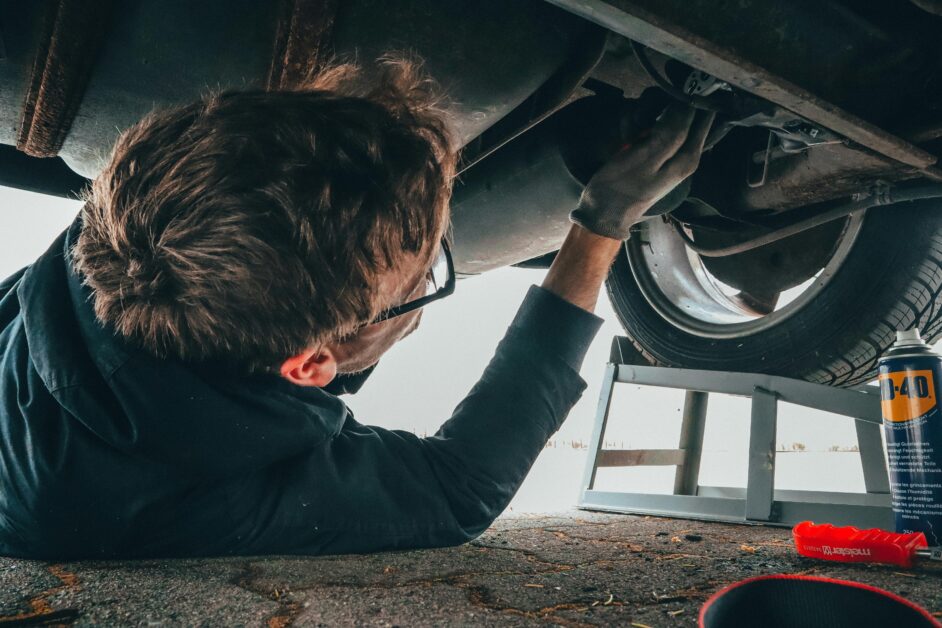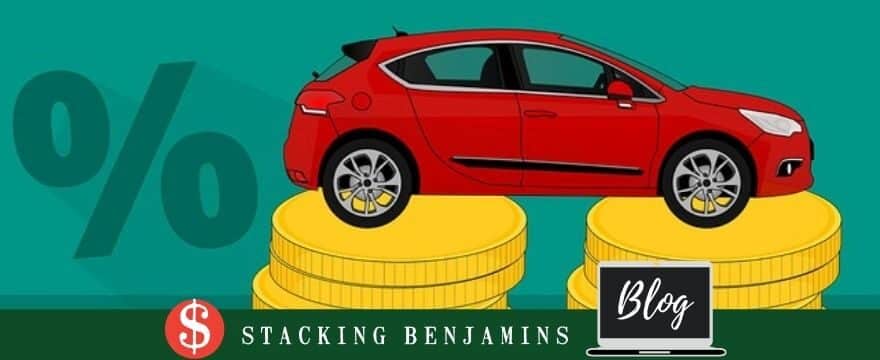Deciding when to part ways with your car can be a tough call. While it’s tempting to hold onto a vehicle that has served you well, there comes a point where upgrading becomes the smarter and more cost-effective choice. Recognizing the signs that it’s time to move on can save you from unexpected expenses, ensure your safety, and even make the process of finding a new car exciting.
For those considering their options, platforms to sell cars online in Australia make the process easier and more accessible than ever. But before listing your vehicle for sale, it’s crucial to understand the telltale signs that your car may have reached the end of its journey with you.
Here’s how to determine if it’s time to upgrade your car.
Frequent and Costly Repairs
One of the clearest signs that it’s time to let go of your car is when repairs start piling up. As vehicles age, wear and tear can lead to frequent breakdowns, and parts may need to be replaced more often.
When Repairs Exceed Value
If the cost of repairs exceeds the car’s market value, upgrading makes more financial sense. A reliable car will not only save you money in the long run but also reduce the stress of constant maintenance.
The “Repair or Replace” Formula
A general rule of thumb is to consider replacement when repair costs approach 50% or more of the car’s current value. This calculation can help you make an informed decision.

Declining Fuel Efficiency
Older cars often become less fuel-efficient over time due to engine wear and outdated technology. If you’re spending significantly more at the pump, it might be time to consider a newer model with improved fuel economy.
The Impact of Fuel Costs
With rising fuel prices, a less efficient car can quickly become a financial burden. Newer vehicles, including hybrids and electric cars, offer advanced technology designed to save on fuel costs.
Evaluate Usage
If your daily commute or travel needs have increased, upgrading to a more fuel-efficient vehicle could save you money and reduce your environmental impact.
Safety Concerns
Safety should always be a priority when assessing your car’s usability. Older vehicles often lack modern safety features that are now standard in newer models.
Missing Modern Features
Features like electronic stability control, advanced braking systems, and lane-keeping assistance significantly enhance safety. If your car lacks these, upgrading can provide peace of mind for you and your passengers.
Frequent Mechanical Issues
Recurring problems with brakes, suspension, or steering can pose serious safety risks. If these issues persist despite repairs, it’s time to consider an upgrade.
High Mileage and Wear
While cars are built to last longer than ever, high mileage is a natural indicator of wear and tear. As mileage increases, the likelihood of significant mechanical problems also rises.
How Mileage Affects Value
Most cars start to lose value significantly after hitting 100,000 kilometers. If your car is well past this point and showing signs of decline, upgrading becomes a logical step.
Consider Your Driving Habits
If you frequently drive long distances, a newer car with lower mileage will offer greater reliability and efficiency.
Lifestyle Changes
Your personal circumstances can also dictate whether it’s time for a new car. Lifestyle changes often call for different vehicle requirements.
Expanding Family
If your family is growing, you may need a larger vehicle with more seating or storage capacity, such as an SUV or minivan.
New Job or Commute
A new job with a longer commute might justify upgrading to a car with better fuel economy or comfort features.
Shift in Preferences
Perhaps you’re seeking a more luxurious ride or exploring eco-friendly options like electric vehicles. Upgrading allows you to align your car choice with your current preferences.
Increasing Insurance Costs
Older vehicles may seem cheaper to insure, but as they age, premiums can rise due to their higher risk of breakdowns and lack of safety features. If insurance costs are becoming unreasonably high, upgrading to a newer model could result in savings.
Compare Insurance Rates
Before deciding, compare insurance quotes for your current car and potential upgrades. You might be surprised at how much you can save with a newer vehicle.
Emissions and Environmental Concerns
As emissions standards become stricter, older cars may no longer comply with regulations. Driving a more eco-friendly vehicle not only helps the environment but may also qualify you for tax incentives or rebates.
Check Local Regulations
Many regions are introducing low-emission zones or penalties for high-emission vehicles. Upgrading to a cleaner, more efficient car ensures compliance with these rules.
Go Green
Switching to a hybrid or electric vehicle significantly reduces your carbon footprint and aligns with modern environmental values.
Emotional Attachment vs. Practicality
While it’s natural to feel attached to your car, it’s important to separate sentimentality from practicality. A car’s primary purpose is to serve your needs efficiently and safely. Holding onto an unreliable vehicle can end up costing more in the long run.
Evaluate Objectively
Consider whether your car is meeting your needs or if it’s causing more stress than convenience. Upgrading doesn’t mean letting go of the memories—it’s about creating new ones with a better-suited vehicle.
Recognizing the signs that your car needs to go is the first step toward a smoother, safer, and more enjoyable driving experience. Whether it’s frequent repairs, safety concerns, or simply outgrowing your current vehicle, upgrading ensures you stay ahead of potential problems. With tools to sell cars online in Australia, the process of parting ways with your old car and finding a new one has never been more straightforward. Embrace the opportunity to upgrade and enjoy the benefits of a car that fits your lifestyle and needs.


Leave a Reply